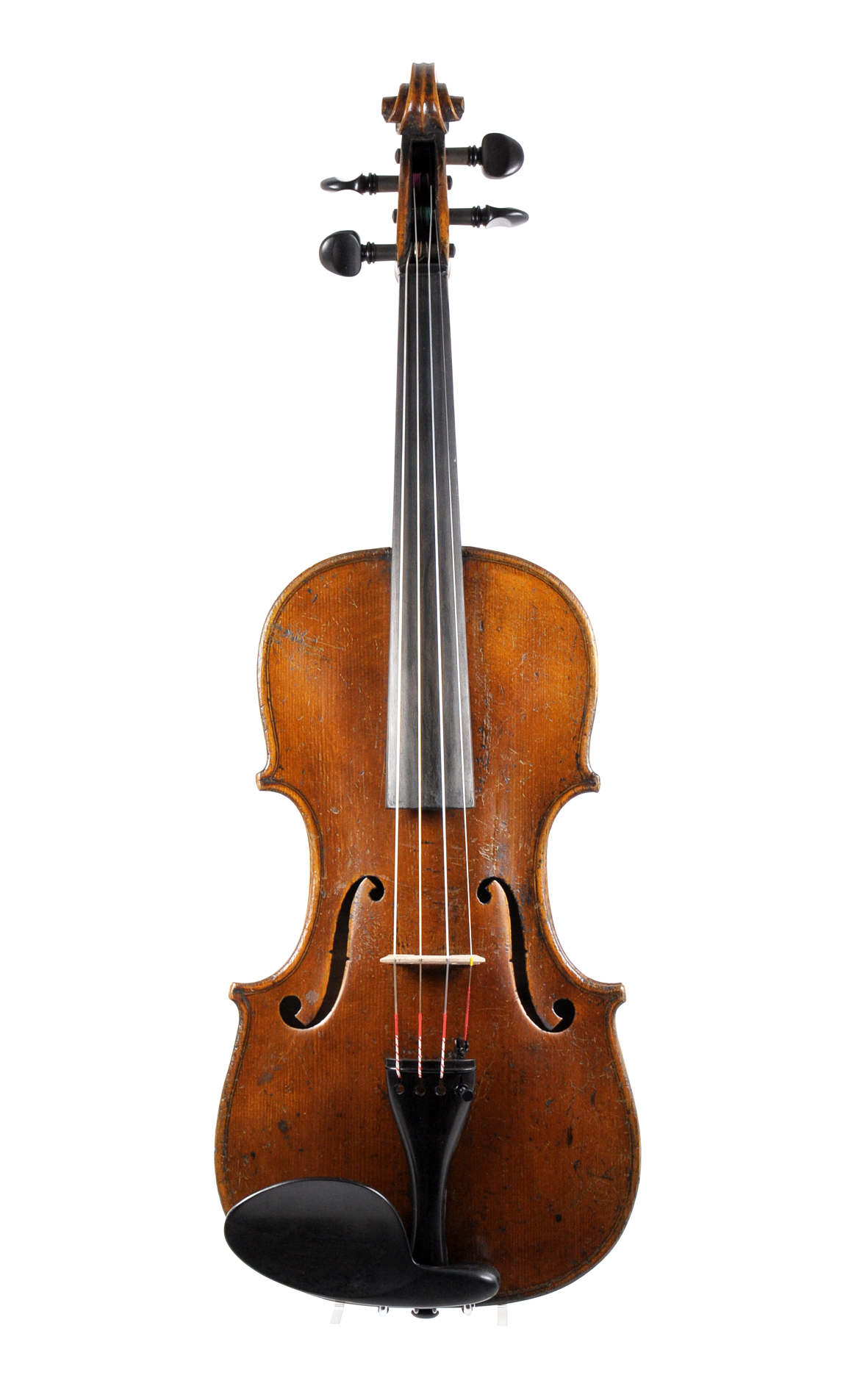

The Mandolin is a moderately sized instrument, smaller than the Veena, Sitar, or guitar, and was developed in Europe in the 18th century as an evolution of the older Mandora (Mandola). The Prime Minister also mentioned the Mandolin, another stringed instrument, usually with eight strings that are plucked with a pick, similar to a lute. Mukherjee played both instruments in a concert in Delhi in March last year, media reports from the time said. Kolkata-based multi-instrumentalist Joydeep Mukherjee is credited with reviving the Sursingar, along with another “lost” stringed instrument, the Radhika Mohanaveena, named after its creator, Radhika Mohana Maitra.

With very few artisans now making the Sursingar, the instrument is rarely used in performances. The Sursingar (along with the Rudra Veena and the Surbahar) usually accompanies Dhrupad, the genre of Hindustani vocal music which has a low, deep, and thoughtful pitch. The Sursingar can be played either holding it vertically in front of the musician and supported by his left shoulder like the Veena, or holding it parallel to the ground like the Sarod, or like the Sitar, which is held at an angle of 50-60 degrees to the ground. The strings of the instrument, usually four in number and made of brass or bronze, are plucked with a metal pick. The instrument is made of wood and has a gourd attached to a hollow wooden handle with a metal fingerboard. PM Modi mentioned the Sursingar, a stringed musical instrument that is similar to the sarod, but which is older and produces deeper notes. In his Mann ki Baat address on Sunday (February 26), Prime Minister Narendra Modi spoke of several musical instruments and folk artists who he hoped would “continue to inspire everyone at the grassroots towards making performing arts more popular”. (d) All four statements Sursingar, Karakattam, and more How many of the above statements are correct? A one-line whip directs them to be present during the vote. A two-line whip, underlined once, is usually issued to inform party members of a vote, and allows them to abstain in case they decide not to follow the party line.Ĥ. In India, rebelling against a three-line whip can put a lawmaker’s membership of the House at risk.ģ. A three-line whip is the strongest whip, employed on important occasions such as the second reading of a Bill or a no-confidence motion, and places an obligation on members to toe the party line.Ģ. With reference to whip in a parliamentary system, consider the following statements:ġ.

Point to ponder: Several practitioners are of the view that the whip should be applicable only to motions where the survival of the government is in question, and not to ordinary legislation. ( Source: What is a whip in a state Assembly or Parliament?) The term is derived from the old British practice of “whipping in” lawmakers to follow the party line. In parliamentary parlance, a whip may refer to both a written order to members of a party in the House to abide by a certain direction, and to a designated official of the party who is authorised to issue such a direction. The Shinde faction, which has been recognised by the Election Commission as the ‘real’ Shiv Sena and allotted the party’s well-known bow-and-arrow election symbol, currently has fewer MLCs than the Uddhav faction. Bajoria became the first member of the Legislative Council to officially switch from the Uddhav faction to the Shinde faction this week. On Monday, Chief Minister Shinde had written to the Maharashtra Legislative Council Deputy Chairperson Neelam Gorhe, who is a member of the Shiv Sena’s Uddhav Thackeray faction, to inform her that the Shiv Sena (Shinde faction) had decided to appoint MLC Viplove Bajoria as its chief whip in the Vidhan Parishad.


 0 kommentar(er)
0 kommentar(er)
